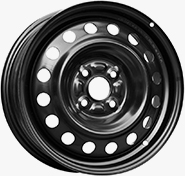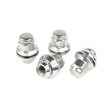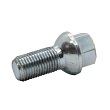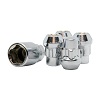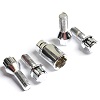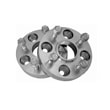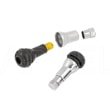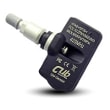EU tire labels
In 2009, the European Commission began work on reducing energy consumption by 20% by 2020. As part of this program, a system of markings was created to inform European Union citizens about the level of energy consumption of household appliances and electronics as well as tires for passenger cars, vans and trucks. since 2012 Each tire sold in the territory of the 28 member states must have clear information on energy efficiency, wet grip and noise level generated while driving.
Energy efficiency / rolling resistance
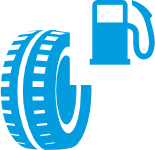
While driving, the tire is deformed due to contact with the road surface. As a result, rolling resistance results in a loss of energy and, consequently, higher fuel consumption. These resistances can account for up to 20% of the car's total fuel consumption.
Reading the label
The label is divided into a scale from A (green) to G (red), where A is the highest fuel-efficient class and G is the lowest fuel-efficient class. For passenger car tyres , class D is omitted.
Fuel consumption and class level
The difference between a set of class A tires and a set of class G tires can be as much as 7.5%. Assuming that the car covers a distance of 10,000 km per year km, consumes an average of 8 liters per 100 km and the price of fuel per liter is PLN 5.50, which gives savings of PLN 330. A new tire covering 10,000 km per year will be suitable for use for about four years, which gives a total saving of PLN 1,320.
Wet grip

This is a very important factor when choosing new tires, affecting safety when traveling. The braking distance is different for each tread, so the introduction of labels definitely helps in choosing tires. In critical situations, a difference of a few meters can make a big difference.
Reading the label
As with energy efficiency, the scale goes from class A (best) to class G (worst), with classes D and G not included for passenger cars.
Braking distance and class level
The difference between class A and class F tires when braking a car on a wet road at 80 km/h can be as much as 18 meters. This is a distance of about six vehicle lengths.
Noise level

This is the external noise generated by the tires when driving at 80 km/h. The noise level is measured in decibels using microphones positioned on both sides of the test track. Test carried out in standardized conditions, on a roadway in accordance with the ISO 10844 standard.
Reading the label
The noise level is indicated by black waves. Three waves mean noise in accordance with current European Union regulations. Two waves is a noise level that corresponds to future European standards. One wave is a noise level 3 dB lower than the future limit. In addition, each label also has a numerical designation.
The difference in noise level
Decibels are a logarithmic unit of measurement. This means that even a small change in the value makes a huge difference in the generated noise. In fact, a difference of 3 dB means twice as much noise.

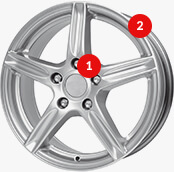

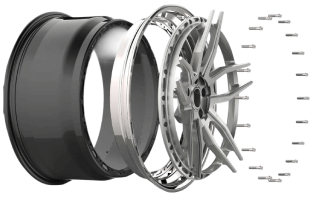
 Nowoczesny design
Nowoczesny design Idealne dopasowanie
Idealne dopasowanie Duża wytrzymałość
Duża wytrzymałość Wysyłka gratis w 24h
Wysyłka gratis w 24h
 Indywidualny projekt
Indywidualny projekt Dedykowany opiekun
Dedykowany opiekun